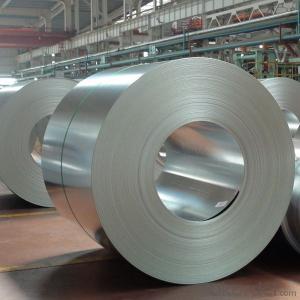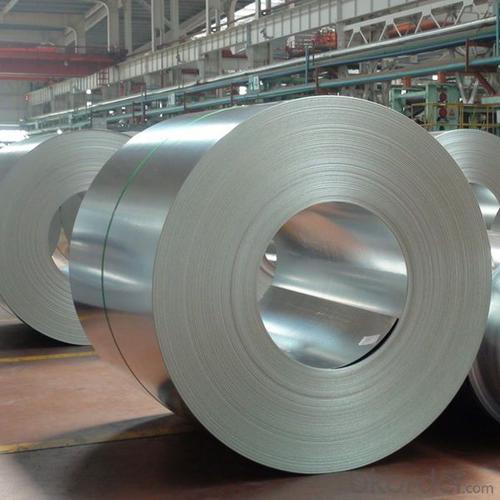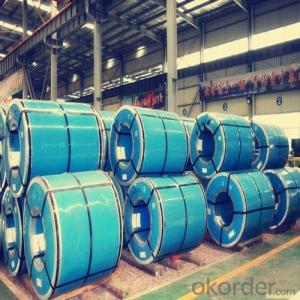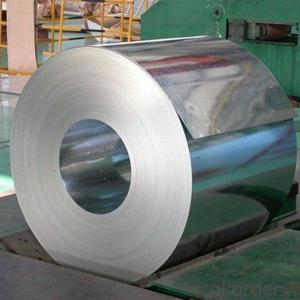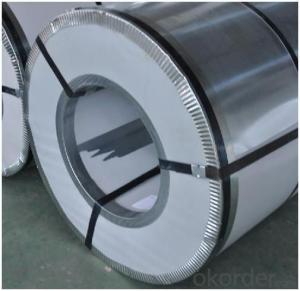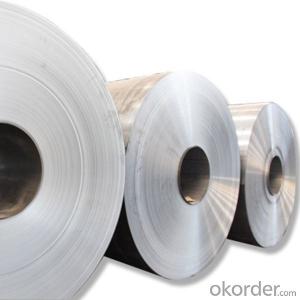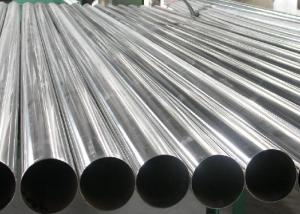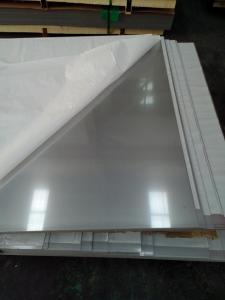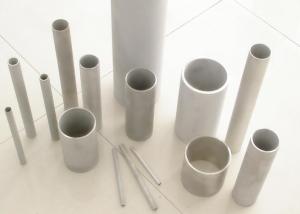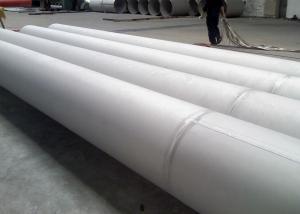Hot Rolled Stainless Steel Coils NO.1 Finish Good Price 2016
- Loading Port:
- Tianjin
- Payment Terms:
- TT OR LC
- Min Order Qty:
- 28 m.t.
- Supply Capability:
- 20000 m.t./month
OKorder Service Pledge
OKorder Financial Service
You Might Also Like
Specification
Products Description for Stainless Steel Coils/Sheets:
Product | stainless steel coils/plates/sheets | ||
Discharge Port | Any Port, China | ||
Size | Coils | Cold Rolled: | Thickness0.3-8mm,Width:280-2100mm |
Hot Rolled : | Thickness3-14mm,Width:650-2100mm | ||
Plates | Thickness2-80mm,Width:1500-3000mm | ||
Coil Weight | About 20 Tons | ||
Grade | 201,202,304/304L/304H,316/316L/316H,321/H,310S,409/L,430 etc. | ||
Technique | Hot Rolled/Cold Rolled | ||
Finish | 2B, BA, 2D, No1, No2, No4,NO.8,SB etc | ||
Edge | Mill Edge / Slitting Edge | ||
Package | In bundles, or as customer's requirement | ||
Place of Origin | Made in China | ||
MOQ | 20 Tons | ||
Packaging & Delivery for Stainless Steel Coils/Sheets:
Packaging Detail Standard export packing or following customer's demand
Delivery Time: Within 30-40 days after deposit or according to the order quantity
Detail picture for Stainless Steel Coils/Sheets
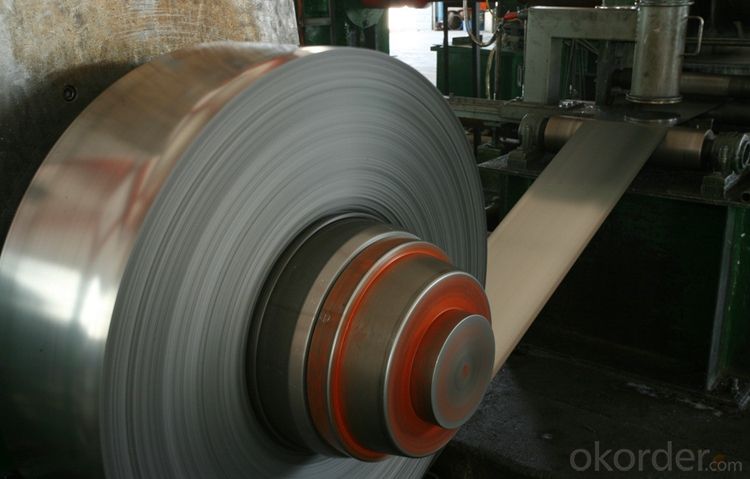
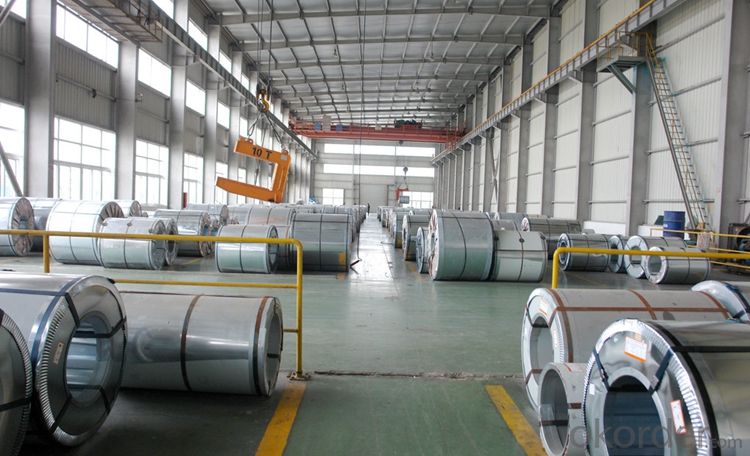
Application for Stainless Steel Coils/Sheets:
Boiler heat exchanger, machinery andpetroleum ,chemical industries, hardware fields,Food industry,construction material,kitchen utensils, building construction, medical equipment,chemical tank, pipe etc
FAQ for Stainless Steel Coils/Sheets:
Q:How to order?
A: Please send us your purchase order by email or fax .or you can ask us to send you a proforma invoice for your order .We need to know the following information for your order.
1) Shipping information-company name, street address, phone number, fax number, destination sea port
2) Product information – Quantity, Specification (steel type, thickness, width, surface finish)
3) Delivery time required
4) Forwarder's contact details if there's any in China
FAQ for Stainless Steel Coils/Sheets:
Q:What are the advantages of your company ?
A: We have many professionals, technical personnel, more competitive prices and best after-dales service than other stainless steel companies.
Q:Can you arrange the shipment ?
A: Sure we can help you with the shipment. We have forwarders who have cooperated with us for many years.
- Q: Can stainless steel sheets be used for sink fabrication?
- Certainly, sink fabrication can make use of stainless steel sheets. Undeniably, stainless steel stands as a favored material for sinks owing to its strength, ability to resist corrosion, and appealing appearance. By easily molding and joining stainless steel sheets, a sink design without visible seams can be effortlessly achieved, thanks to their pliability and adaptability to specific measurements and styles. Moreover, stainless steel boasts hygienic properties and simple maintenance, rendering it a sensible option for kitchen and bathroom sinks.
- Q: Can the tile be directly attached to the stainless steel plate?
- Yes, but if you want to be smooth and strong, you must first ensure that the tile surface is flat and firm.
- Q: Can stainless steel sheets be used for elevator doors or panels?
- Indeed, elevator doors or panels can make use of stainless steel sheets. The utilization of stainless steel in elevator construction is widespread owing to its endurance, robustness, and pleasing appearance. Its resistance to corrosion is vital for elevator doors and panels exposed to diverse environmental circumstances. The adaptability and ease with which stainless steel sheets can be shaped and crafted make them readily customizable to meet the distinct design prerequisites of elevator doors and panels. Furthermore, stainless steel's effortless cleanliness and maintenance contribute to its popularity as a preferred option for heavily trafficked regions such as elevators.
- Q: Are stainless steel sheets resistant to galvanic corrosion?
- Yes, stainless steel sheets are resistant to galvanic corrosion. Galvanic corrosion occurs when two dissimilar metals come into contact in the presence of an electrolyte, such as moisture or saltwater. In such cases, one metal acts as an anode and the other as a cathode, leading to the transfer of electrons and the corrosion of the anode. Stainless steel is an alloy that contains chromium, which forms a passive oxide layer on its surface. This oxide layer acts as a protective barrier, preventing the transfer of electrons and thus effectively resisting galvanic corrosion. The chromium in stainless steel reacts with oxygen in the air to create a thin, invisible, and self-repairing layer of chromium oxide. This layer provides excellent corrosion resistance and makes stainless steel highly resistant to galvanic corrosion when in contact with other metals. However, it is important to note that the level of corrosion resistance may vary depending on the specific grade and composition of stainless steel used. Some stainless steel alloys, such as Type 316 stainless steel, offer even higher resistance to galvanic corrosion due to the addition of molybdenum, which enhances its corrosion resistance in aggressive environments. In summary, stainless steel sheets are generally highly resistant to galvanic corrosion due to the presence of a passive chromium oxide layer on their surface. This makes stainless steel a reliable choice for applications where galvanic corrosion is a concern, such as in marine environments or when in contact with dissimilar metals.
- Q: Can stainless steel sheets be used in outdoor environments?
- Yes, stainless steel sheets can be used in outdoor environments. Stainless steel is highly resistant to corrosion, making it a suitable choice for outdoor applications where exposure to moisture, humidity, and other environmental elements is likely.
- Q: Are stainless steel sheets non-magnetic?
- Stainless steel sheets are not inherently non-magnetic, contrary to popular belief. Although there are varieties of stainless steel, like austenitic grades such as 304 and 316, that are non-magnetic, there are many other types that can possess magnetic properties. It is worth noting that ferritic and martensitic stainless steels, in particular, tend to exhibit magnetism. The presence or absence of magnetism in stainless steel is determined by its composition and crystal structure. Therefore, if your requirement is specifically for non-magnetic stainless steel sheets, it is advisable to choose the austenitic grades.
- Q: Are stainless steel sheets suitable for medical implants?
- Yes, stainless steel sheets are suitable for medical implants. Stainless steel is a common material used in medical implants due to its desirable properties such as corrosion resistance, strength, and biocompatibility. These sheets can be fabricated into a variety of shapes and sizes, making them versatile for different types of implants. Additionally, stainless steel has been extensively studied and proven to be safe for long-term implantation in the human body. It is also cost-effective compared to other implant materials. However, it is important to note that the specific grade of stainless steel and the surface finish are critical factors in determining the suitability for medical implants. The grade of stainless steel must meet the requirements for biocompatibility and corrosion resistance, while the surface finish should be smooth to minimize the risk of infection and promote proper tissue integration. Overall, stainless steel sheets are a reliable and widely used material for medical implants.
- Q: What are the different types of stainless steel sheet textures available?
- There are several types of stainless steel sheet textures available, including brushed, mirror, embossed, and patterned.
- Q: How do I prevent stress relaxation on stainless steel sheets?
- Stress relaxation is a phenomenon that occurs in stainless steel sheets when they are subjected to prolonged exposure to high temperatures or constant stress. To prevent stress relaxation on stainless steel sheets, you can take the following measures: 1. Proper selection of stainless steel grade: Different grades of stainless steel have varying resistance to stress relaxation. Choose a grade that offers high resistance to this phenomenon, such as austenitic stainless steels like Type 304 or Type 316. 2. Avoid excessive temperatures: Stainless steel sheets should be operated within their recommended temperature limits. Exposing them to temperatures beyond their specified range can accelerate stress relaxation. Ensure that the operating temperature remains within the permissible limits. 3. Control the stress levels: Minimize the stress levels applied to the stainless steel sheets during fabrication and installation. Avoid excessive bending, stretching, or deformation that could introduce stress into the material. Properly design and fabricate the components to reduce stress concentration points. 4. Post-weld heat treatment: If the stainless steel sheets are welded, consider performing a post-weld heat treatment. This process involves subjecting the welded area to controlled heating and cooling cycles to relieve residual stresses and minimize the potential for stress relaxation. 5. Reduce exposure to aggressive environments: Stainless steel sheets are corrosion-resistant, but exposure to aggressive chemicals or environments can accelerate stress relaxation. Avoid prolonged exposure to corrosive substances or environments that may compromise the material's integrity and cause stress relaxation. 6. Regular inspections and maintenance: Periodically inspect the stainless steel sheets for signs of stress relaxation, such as deformation, cracks, or changes in dimensions. Regular maintenance and timely repairs can help identify and address any issues before they worsen. 7. Consult with experts: If you are unsure about the specific requirements to prevent stress relaxation in your stainless steel sheets, consult with metallurgical experts or stainless steel manufacturers. They can provide guidance on the best practices and materials to ensure long-term performance and prevent stress relaxation. By implementing these preventive measures, you can significantly reduce the risk of stress relaxation in stainless steel sheets, ensuring their durability and maintaining their structural integrity over time.
- Q: Can stainless steel sheets be used for food processing equipment?
- Yes, stainless steel sheets can be used for food processing equipment. Stainless steel is a popular choice for equipment used in the food processing industry due to its excellent corrosion resistance, durability, and hygienic properties. It is resistant to staining, rust, and chemical damage, making it suitable for contact with food and cleaning agents. Stainless steel sheets are also easy to clean and maintain, reducing the risk of contamination. Additionally, stainless steel is non-reactive, meaning it does not interact with food or alter its taste, ensuring the safety and quality of processed food.
Send your message to us
Hot Rolled Stainless Steel Coils NO.1 Finish Good Price 2016
- Loading Port:
- Tianjin
- Payment Terms:
- TT OR LC
- Min Order Qty:
- 28 m.t.
- Supply Capability:
- 20000 m.t./month
OKorder Service Pledge
OKorder Financial Service
Similar products
Hot products
Hot Searches
Related keywords
